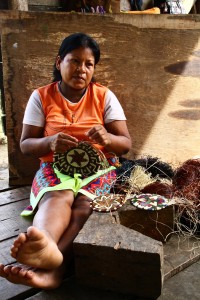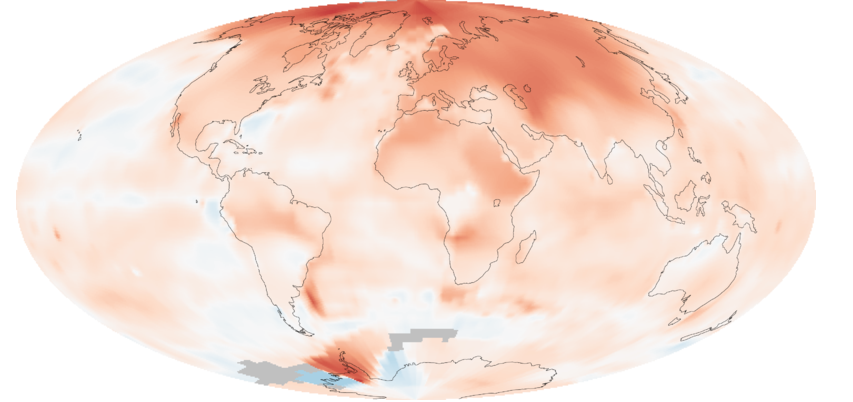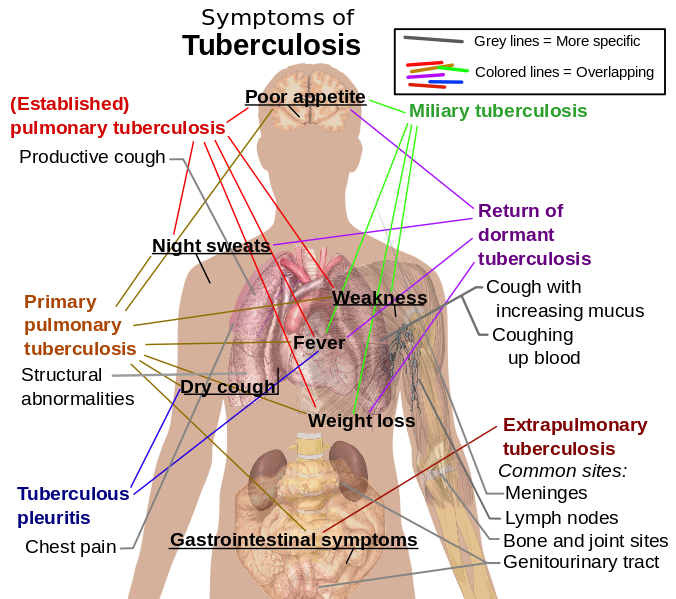The following blog article was written by guest blogger Claire Seigworth. Claire graduated with a B.A. in International Relations and a minor in Spanish Literature from Marquette University. She has traveled to many Latin American countries, studied in Santiago, Chile and worked in Panama for Global Brigades.
Banking for the poor. This idea changed the life of Dr. Yunus of Bangladesh, the now famous economist and for the world’s poor. Loans for the poor were previously viewed as high risk and the size of the loans were considered too small to be worth the time and money. Furthermore, many of the poor lacked the collateral to back up loans. However, where most commercial banks saw no value, Dr. Yunus saw a great opportunity.
Loan sharks filled the void of informal banking, but often took advantage of people and charged exorbitant interest rates. Many people became deeply indebted and were at the mercy of loan sharks. In some cases, people become literally enslaved to their debtors for generations.
Tired of teaching Economics to university students and yet seeing more poor Bangladeshis inspired him to do something radical[1]. He gave a small loan to a group of women to support their micro businesses they ran out of their houses and so that they could expand their small business. This led to the creation of small groups of women that collectively worked together to form informal local banking. Due to the success of these groups, the idea spread all over the world.
In some countries, these types of banks have grown into huge institutions that only serve this demographic. In Bolivia, BancoSol has distributed $2 billion USD of funds.[2] This program has been incredibly successful in reaching people who were not previously served by the commercial banking industry and has proven that this is a profitable and successful program.
Critics however point out that this is not the panacea that people want it to be. There are still billions of poor people and micro-lending is not going to single-handedly lift people out of poverty. At best, micro-lending is a stabilizing economic force, which is not a bad thing. However, poverty is more complex than just the amount of money a person has. Infrastructure, education, access to health care, access to sanitation and clean water, good governance, etc are all factors that need to be addressed in conjunction with the economic aspect of poverty.[3]
So while microfinance is not a cure all, it is a very innovative way to bring people into the legitimate economy and help people realize their potential.
[1] Banker to the Poor: micro-lending and the battle against world poverty. New York: Public Affairs hc. pp. 46–49.
[2] http://www.forbes.com/sites/skollworldforum/2013/05/02/investing-in-inclusion-how-to-deliver-financial-services-to-the-worlds-poor/
[3] http://www.triplepundit.com/2013/05/policies-microfinance-save-environment/





